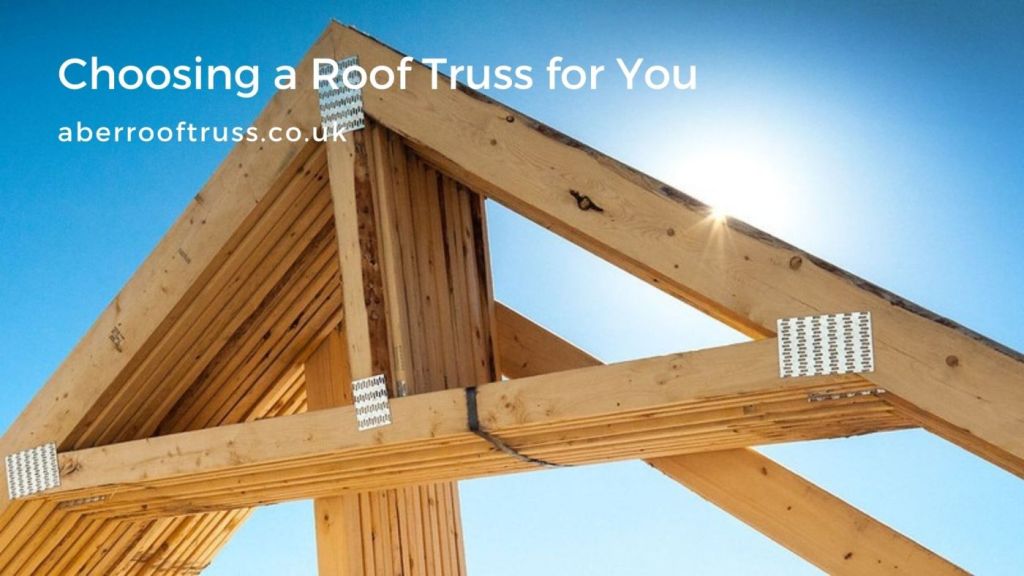
Are you trying to find the right roof truss for a particular application or building and aren’t sure of what needs to go where?
The roof is an absolutely integral part of the building, it has a massive effect on the overall aesthetic, as well as the integrity of the building. There are many different varieties of roof truss available with many serving different purposes, despite them looking all fairly similar to the untrained eye. This is why it’s important to always approach the experts who can help to tell you the difference between the following:
King Post Truss
Consisting of two primary rafters, a central vertical king post and a tie beam, a king post truss is the option that many people opt for thanks to its durability when under constant tension. Due to the few materials and simple design of king post trusses, they are more affordable than other trusses. As a result, king post trusses aren’t designed to span long distances, and are therefore more suited to smaller projects.
Queen Post Truss
When it comes to their use, the queen and king are two separate trusses with similar principles, but distinct designs. A queen post truss
can span greater distances than a king post truss because of its two vertical posts, which means it can be used for larger projects.
Alternatively, you can use the king and queen in conjunction with one another in a compound truss.
Hammerbeam Truss
A hammerbeam refers to the centuries old design created by Hugh Herland for Westminster Hall and is an articulate and complication truss that takes a lot of skill to perfect. Hammerbeam roofs consist of short horizontal beams attached to the main rafters in the ceiling.
There are many different versions of hammerbeams around and you can either find them in false or true varieties.
Scissor Truss
So named after its appearance, a scissor truss is known for the connection to the joints at the bottom of the chord and the rafter having to be attached to the bottom chords also. Scissor trusses have sloping bottom chords, providing the room below with a dramatic ceiling.
A scissor truss allows for fast and convenient use of pre-engineered wood trusses while still allowing for high ceilings.
Liegender Stuhl
Liegender Stuhl is a German invention and is one of the most complicated but robust trusses available. It is useful because its top chords lean so as to support the roof.
Its English translation? “Lying chair”. It goes by a similar name in the Netherlands where its use has also been popularised by carpenters.
These are just some of the many different forms that a roof truss can take, from the ornate and grand to the simple and fuss-free. They are found in countries all over the globe but to find out what roof truss you need in the United Kingdom, be sure to call Aber Roof Truss on 01244 539165 or email us at: info@aberrooftruss.co.uk
